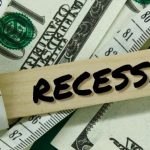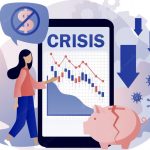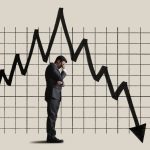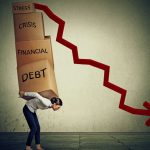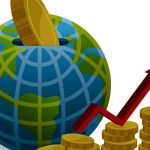Economic Indicators That Predict Recession
— 09/12/2022
There are a number of economic indicators that economists use to predict when a recession might occur. In this blog post, we’ll explore three of the most commonly cited indicators: unemployment rate, inflation rate, and the yield curve. We’ll also discuss what these indicators are telling us about the current state of the economy. Stay tuned for our next blog post, which will explore additional recession predictors!
Recession risk: how to monitor financial indicators
As the global economy continues to experience turbulence, it’s more important than ever for businesses to monitor key financial indicators for signs of recession. Here are four key indicators to watch:
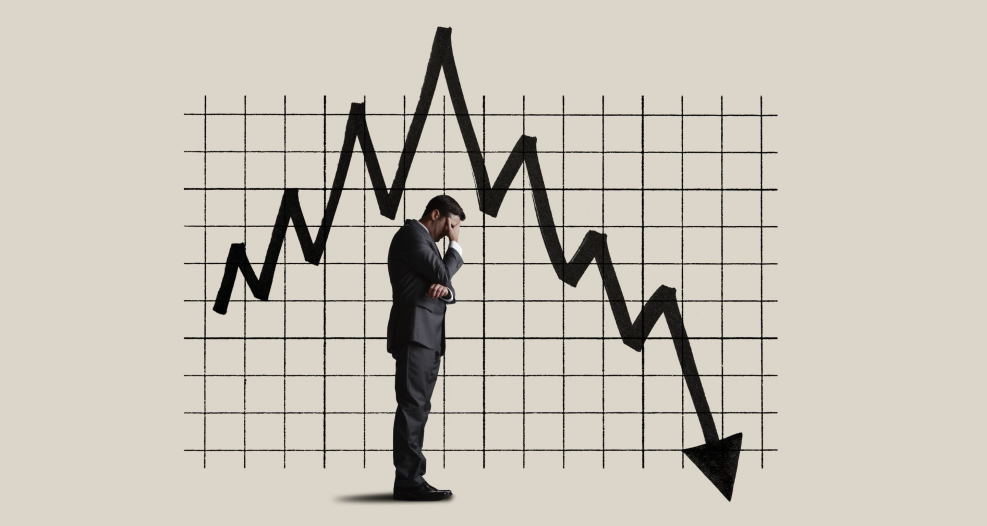
- GDP growth: One of the best overall measures of economic health is GDP growth. If GDP is steadily declining, that’s a strong sign that a recession is on the horizon.
- Unemployment: Rising unemployment is another classic indicator of an impending recession. When people lose their jobs, they have less money to spend, further dragging down the economy.
- Manufacturing activity: Another sector to keep an eye on is manufacturing. If you see falling orders or production, this could be a sign that businesses are starting to scale back due to weaker demand.
- Interest rates can also be a helpful predictor of recession. When interest rates are low, it’s generally easier for businesses to borrow money and invest in expansion. Conversely, if rates start to rise, it can signal that the economy is slowing down, and businesses may pull back on investment.
- Consumer spending: Finally, consumer spending is also a key indicator to watch. If people are cutting back on their spending, this could be a sign that a recession is looming.

Recession indicators for businesses
- Sales: A key sales indicator is the change in revenue compared to the same period in the previous year. If revenue is trending downwards, it could be an indication that your business is headed for a recession.
- Profit margins: Another important indicator of a potential recession is declining profit margins. If your business is seeing its margins squeezed, it may be an early sign that a recession is on the horizon.
- Inventory levels: Another key indicator of a potential recession is an increase in inventory levels. If businesses are holding onto more inventory than they can sell, it could be a sign that demand is slowing and a recession may be on the way.
- Employment: Another leading indicator of a potential recession is rising unemployment. If businesses are shedding jobs, it could be an early sign that a recession is on the horizon.
- Credit conditions: Another important indicator of a potential recession is tightening credit conditions. If businesses are having difficulty accessing credit, it could be a sign that a recession is on the way.
By keeping an eye on these key indicators, businesses can get an early warning sign that a recession may be on the horizon and take steps to protect their bottom line.

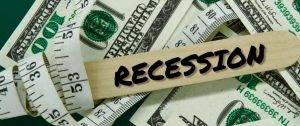


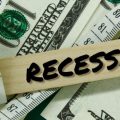

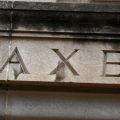
 I am an economist and nature lover. By day, I serve as director of economic policy initiatives & institute fellow at the Finance Institute. By night, I muse about economics, finance, nature, and life here at makewallstreetpay.org. I also advise and invest in start-up companies.
I am an economist and nature lover. By day, I serve as director of economic policy initiatives & institute fellow at the Finance Institute. By night, I muse about economics, finance, nature, and life here at makewallstreetpay.org. I also advise and invest in start-up companies.


